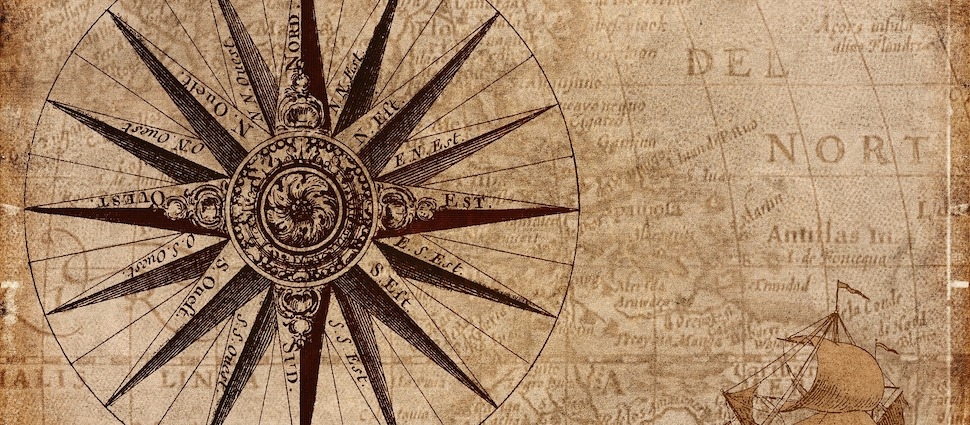Joshua Janavel and the Plight of the Waldensians

Joshua Janavel and the Plight of the Waldensians
When the troops of the Duke of Savoy asked the Waldensians to give them hospitality, Joshua Janavel was not convinced. The Waldensians had survived through a long history of persecutions, starting in the 12th century. Their official adherence to the Protestant Reformation in 1532 (at the synod of Chanforan) only managed to exacerbate their friction with the Roman Catholic authorities of their lands.
In January 1655, they had been formally ordered to attend Mass or move further up in the mountains. Being winter, the duke thought they would choose the first alternative, but they didn’t. Most men moved to a location further up the mountain, preparing a place for their families.
The Easter Massacre
But the duke and his mother, Christine of France, who had been ruling as regent until recently and was still largely holding the reins, were not through. Eager to earn the favor of the papacy at a crucial time in their political career, they sent troops to attack the Waldensians, forcing them to flee. When the commander of the troops realized that the Waldensians were hard to catch, he played “good cop, bad cop” by blaming the attacks on his troops and asking for temporary housing. It was a trick, and Janavel knew it.
Within hours, homes were burned and men, women, and children were brutally killed, captured, and tortured. A good part of the duke’s army was composed by Irish mercenaries who had escaped Cromwell’s attacks on Ireland and were eager to express their resentment against Protestants.
The captives were taken to prisons where they continued to be tortured and deprived in an effort to convert them to Roman Catholicism. The children were sent to Roman Catholic families to be raised in their religion. Only a few managed to flee. It was Easter Day, 1655.
The ducal troops moved on to attack the rest of the valleys, Janavel organized a resistance to defend his village. With only seventeen men, he used his knowledge of the area to fend off the troops. It was only a temporary victory, because the duke sent thousands of men, until his commander could report: “Perversity has been uprooted.”
The government sent an ultimatum to Janavel. If he refused to surrender, his wife and daughters, who had been captured, would be tortured and imprisoned. It was a difficult decision, but Janavel knew there was no guarantee that his surrender would allow his family to go free, unless they abjured their religion, which they were not ready to do. He left the country instead, together with a son who had stayed by his side.
European Outrage
In the meantime, a Waldensian pastor, Jean Léger, had already crossed the Alps with his wife and eleven children, and was spreading the news of the massacre. Horrified, many Protestant leaders came to the Waldensians’ aid, raising funds, offering refuge, and writing letters to the authorities. The Swiss, who were close to the Alps, organized some sort of “underground railroad” to bring survivors out of Italy. In England, the poet John Milton wrote a sonnet in their honor.
Under pressure, the duke signed a document named Patents of Grace, forgiving the Waldensians for their rebellion and allowing them a certain measure of religious freedom, as long as they stayed within a limited area in the western Alps. At the same time, Christine of France issued an answer to the public outrage, denying the severity of the attacks and expressing her surprise that the European leaders would listen to rumors.
The Glorious Return
The Patents of Grace was not the first document promising freedom. As those issued before it, didn’t last long. The government continued to find reasons to attack the Waldensians. In 1685, with the Edict of Fontainebleau, the French government placed new restrictions on the Huguenots, and the new duke of Savoy, Victor Amadeus II, decided to follow suit. He banned Waldensian pastors, forbade their public worship and forced parents to give their children a Roman Catholic baptism. When the Waldensians rebelled, many were again killed and imprisoned.
Only three years later, however, the new king of England, William of Orange, took the Waldensian cause to heart and promoted the return of their exiles to their lands. And the Waldensians were ready. For some time, Janavel and another pastor, Henri Arnaud, had been engineering this mission, which became known as the “Glorious Return.“
It was not a massive operation. Only 900 men engaged in this long march through Europe and across the Alps. But their first public service on September 8, 1689, in the Alpine valley known as Val Germanasca, marked an important milestone, and was a sign that other Waldensians could return.
Three days later, they swore the Covenant of Sibaud, promising to continue to fight together for the Waldensian cause. Henri Arnaud, who had led the returning expedition, was to be their pastor and military leader.
Janavel, who had stayed in Geneva because of his old age, continued to produce valuable writings, encouraging the Waldensians in their struggle and giving practical details to those who might have to engage in military battle. These details included reminders to stay repentant and prayerful, to always begin by humbly taking their requests to the governing authorities, and to take arms only when absolutely necessary. In battle, they were to refrain from looting and even from insulting the enemy.
In spite of their freedom, the Waldensians continued to be verbally persecuted, confined to their Alpine valleys, and viewed with suspicion until February 18, 1848, when the Italian government granted them and other persecuted groups (such as the Jews) civil and religious rights. On February 17, many Waldensians in Italy still light bonfires (as their predecessors did) in commemoration of that important day.





